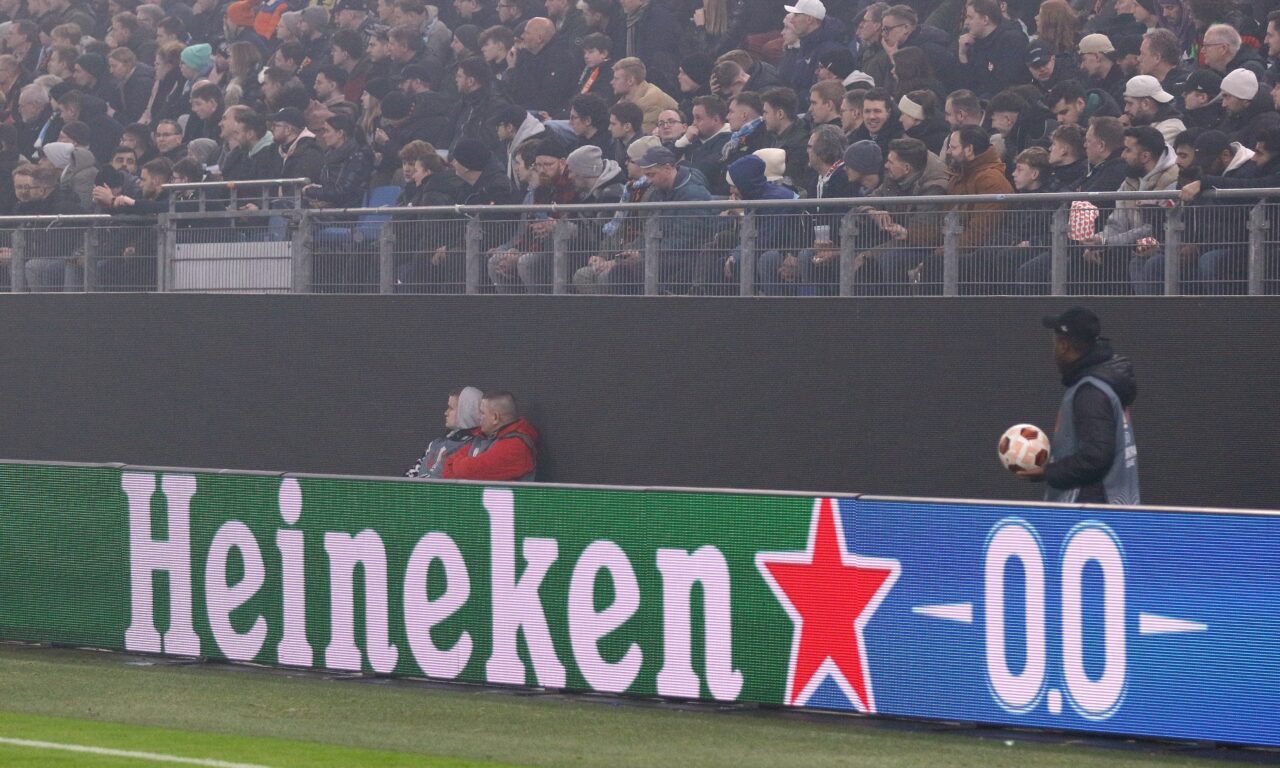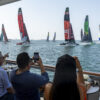Sponsorship outlook 2025: The deals, trends, and brands set to make their mark

As 2025 kicks off, the sports sponsorship landscape is brimming with opportunity. New trends are emerging, and the environment is ripe for seasoned sponsors to make bold investments promoting new brand offerings. With Premier League clubs preparing for life after gambling sponsors and athlete-driven media platforms gaining traction, the industry is undergoing a transformation that could reshape brand partnerships. In this article, we explore the key trends driving change, spotlight the brands leading the charge, and reveal what it all means for sports teams and events in the year ahead.
Premier League football
Register for free access
Register now to unlock the very best expert insights, practical tips, and emerging trends to maximise the value of your sponsorships.





